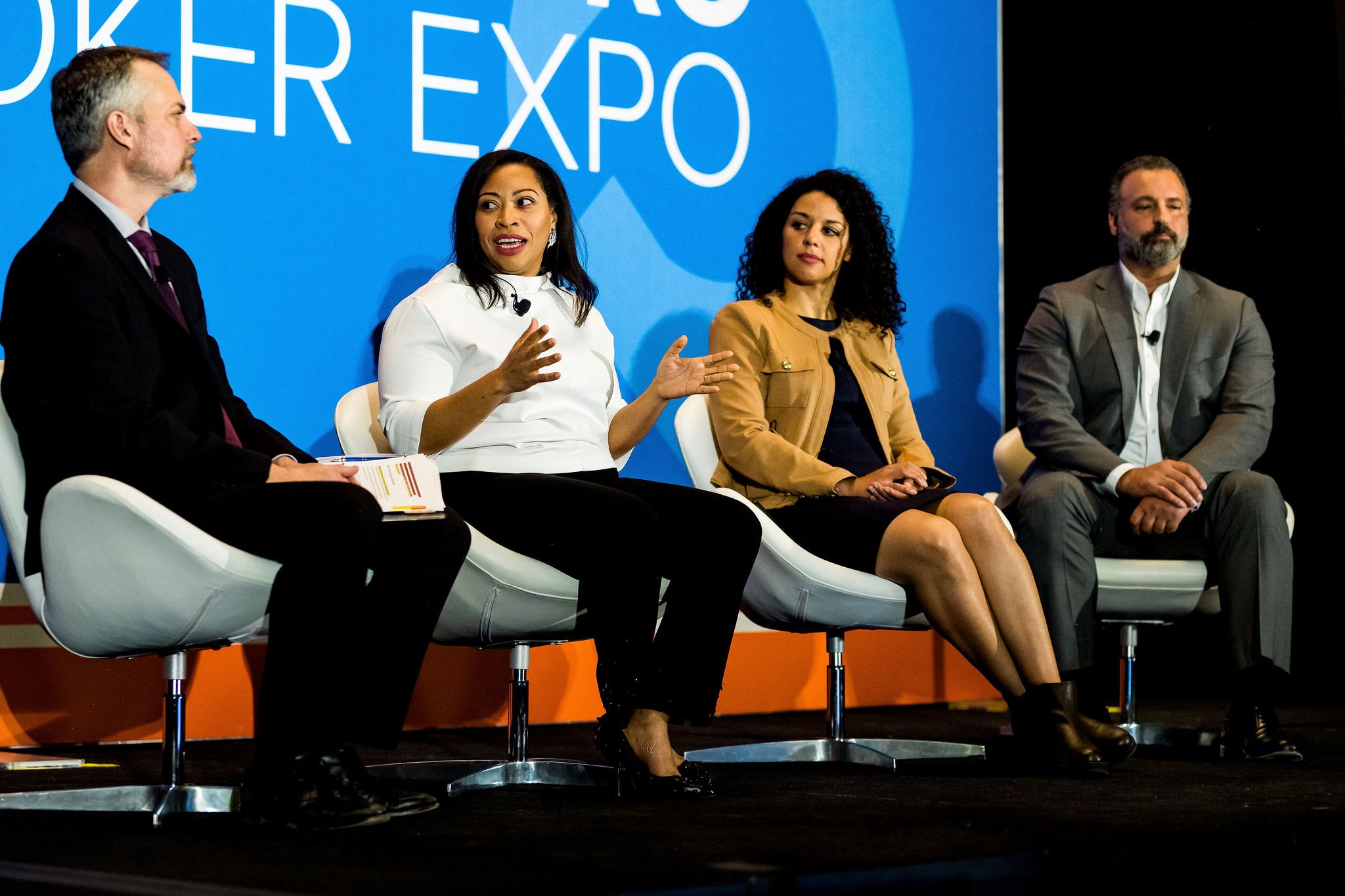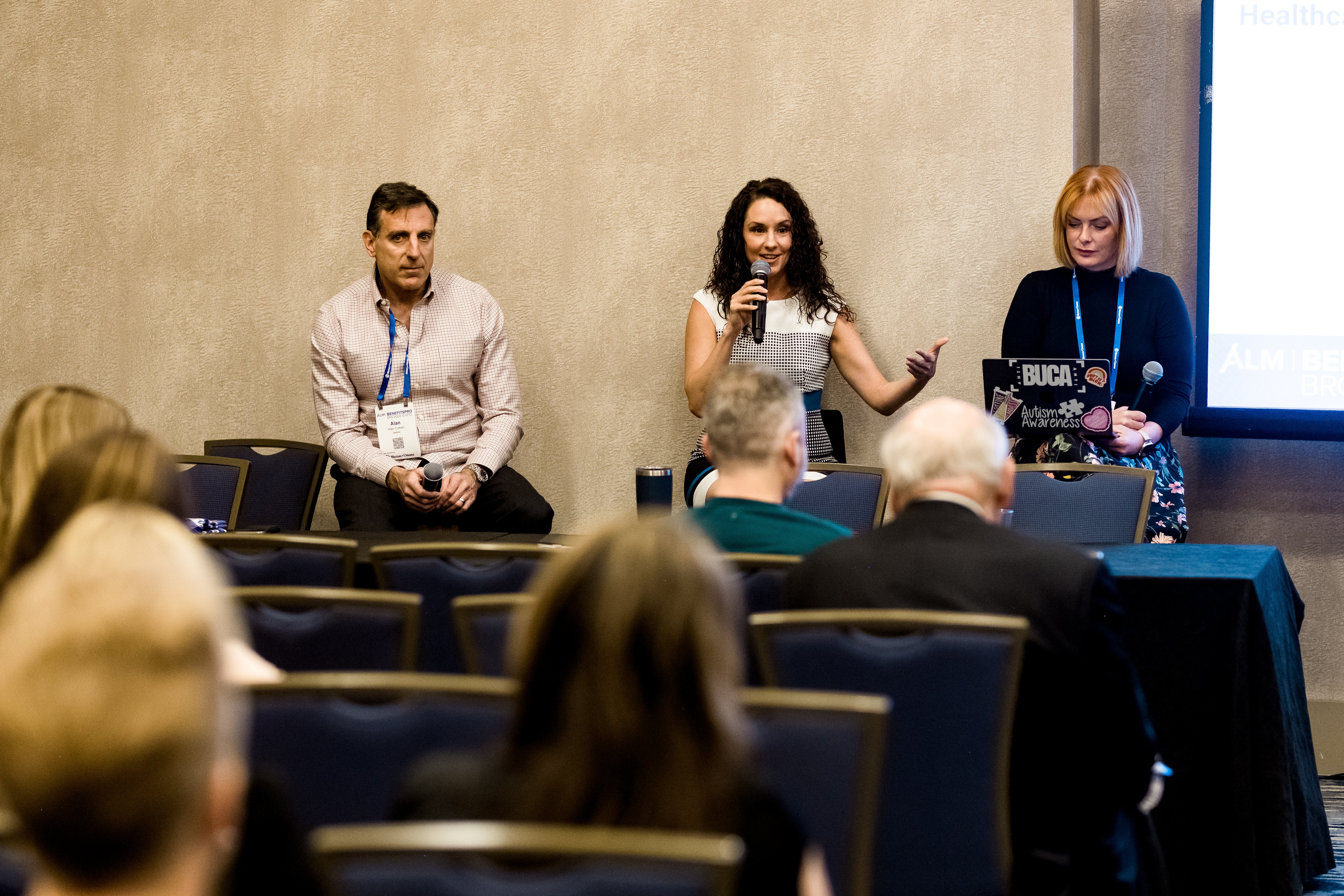It has been clear for some time that a "one size fits all"approach to benefits no longer registers in the work place.Understanding the impact of generational differences is key todeveloping a post "one size" strategy that not only appeals toemployees, but gives employers an edge in the competition fortalent. And so, after becoming experts on the generations,including their expectations and needs, we must establish benefitspackages that are flexible and include a variety of options. At thesame time we must let employers know that we can help communicatethe value of these benefits in a way that can engage, inform andinfluence employees - employees who all have different ways ofcommunicating and different levels of expectations.
|Ultimately, benefits for the multigenerational work force shouldinclude a wealth of options, including voluntary benefits that canbe embraced by some employees - and passed over by others. Auto andhomeowner's insurance, life insurance, paid time off, dependantloan scholarships, dental and vision plans, long-term careinsurance and even pet insurance are options that will appealdifferently to different age groups.
|The multiple options approach is certainly not new, but whatmust be new is the way that these options are packaged. Bycombining health insurance, retirement investments, disabilityinsurance and voluntary options into packages, or portfolios, thatmay correlate to age groups, we can simplify the often complexprocess that employees face at open enrollment. Boomers, forinstance, may prefer a package that includes a lower-deductible,higher premium PPO, an aggressive 401(k), and dental and visioncare. Generation X-ers, who may have young dependants, may also optfor a package that includes comprehensive health coverage with lowdeductibles, along with the option of maximum life insurancecoverage. They may appreciate other options, such as homeowner'sinsurance. Generation Y members may prefer a lower premium, higherdeductible consumer-driven health plan, and with no dependants orhome ownership issues, may be encouraged to invest in retirementsavings. Those in the World War II generation may choose a packagethat includes a higher-premium health plan, and they may want adisability option as well.
|While it is important to offer the right packages, it is alsocritical to know how to communicate them to employees. Olderemployees may benefit from direct one on one and group meetings toreview benefit options, while younger employees will look foron-line tools to research the pros and cons of health insurance andretirement/investment plans. Outreach to younger employees shouldbe aggressive, so that they clearly understand the value they arereceiving from their benefits. In the end, showing employers thatwe understand the vital nature of communication can make thedifference.
|As we research benefit trends on-line, answer our e-mails, andplace that lunch order over the phone, it is important to rememberan important new reality: multi-tasking is not just part of ourworkday, it should be part of our overall philosophy of serving anew multigenerational work force.
|Click here to read the first half of thisseries.
Complete your profile to continue reading and get FREE access to BenefitsPRO, part of your ALM digital membership.
Your access to unlimited BenefitsPRO content isn’t changing.
Once you are an ALM digital member, you’ll receive:
- Critical BenefitsPRO information including cutting edge post-reform success strategies, access to educational webcasts and videos, resources from industry leaders, and informative Newsletters.
- Exclusive discounts on ALM, BenefitsPRO magazine and BenefitsPRO.com events
- Access to other award-winning ALM websites including ThinkAdvisor.com and Law.com
Already have an account? Sign In
© 2024 ALM Global, LLC, All Rights Reserved. Request academic re-use from www.copyright.com. All other uses, submit a request to [email protected]. For more information visit Asset & Logo Licensing.








